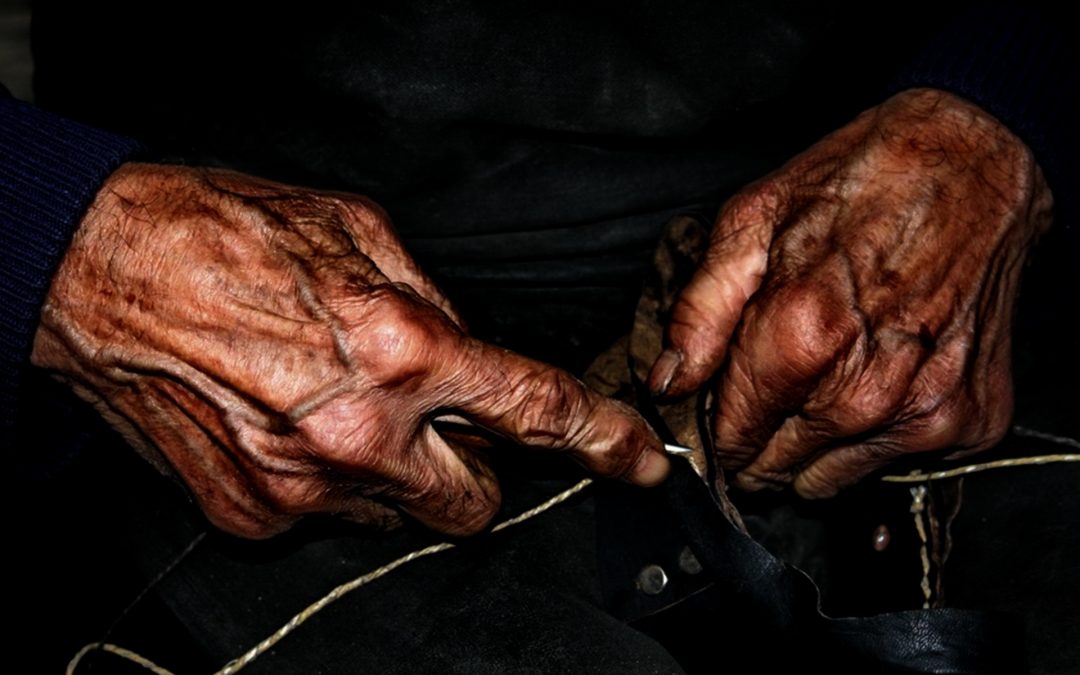Recently the New England Journal of Medicine published a great article in the “Perspective” section, “The Older Americans Act at 50”. Unfortunately the article is available online only to those who are subscribers, so I will try to give a very brief overview of its thoughtful content. I find that many physicians are totally unaware of the OAA program or–if they are aware–they do not know how to maximize its benefit for their patients or see it as a potential asset in our quest for better care and healthier communities in pursuit of the Triple Aim.
The OAA was a part of the larger set of programs we knew as Johnson’s “Great Society.” It was framed with aspirational rhetoric that may have described a set of attitudes that existed then that we may be forgetting now. Johnson said,
The Older Americans Act clearly affirms our Nation’s sense of responsibility toward the well-being of all of our older citizens. . . . Every State and every community can now move toward a coordinated program of services and opportunities for our older citizens. We revere them; we extend them our affection; we respect them.
The authors of the article give a bit of the current state of the law. It survives in the aftermath of the neglect and underfunding of our post-“sequestration” world to serve about 13 million of our most isolated elderly citizens. Programs include meals (40% of budget), caregiver support, personal care, and transportation assistance (60% of budget). The budget has been flat for ten years even as the demand has increased due to the exploding population of older Americans.
The article points out that a program like OAA that allows us to age at home makes great sense when you realize one whole year of home-delivered meals costs nearly the same as one emergency room visit and less than a week in a nursing home. Even in its underfunded state, the program seeks to address the socioeconomic determinants of health.
Considering the threats to this valuable program that result from underfunding, the article’s authors make a few suggestions.
- Value-based systems can partner with existing community-based initiatives for older adults. Chronic Disease Self-Management Programs in a community setting are one example.
- Value-driven health systems can be held accountable for ensuring that seniors can successfully navigate a network of medical, long-term, and social supports. It has been shown that savings can be generated if ACOs hire community-based health navigators.
- Health systems can directly provide and advocate for better social supports for elderly Americans. Creative distribution of benefits like housing and food could yield their cost-plus savings when applied to vulnerable populations. This recommendation is built on the clearly demonstrated fact OAA programs have documented that “social supports engender value, in part by improving clinical outcomes and reducing utilization for vulnerable patients.”
The OAA has provided real value for fifty years. Its future is vulnerable. I know from the Atrius Pioneer ACO experience–which did seek to develop relationships with local aging programs–that the value the authors are seeking to defend with their proposals is real. We owe it to seniors and to everyone to continue this work. We should build on it in the framework of our evolving systems of care. Are we up to the challenge? Are we even aware of the threat?


